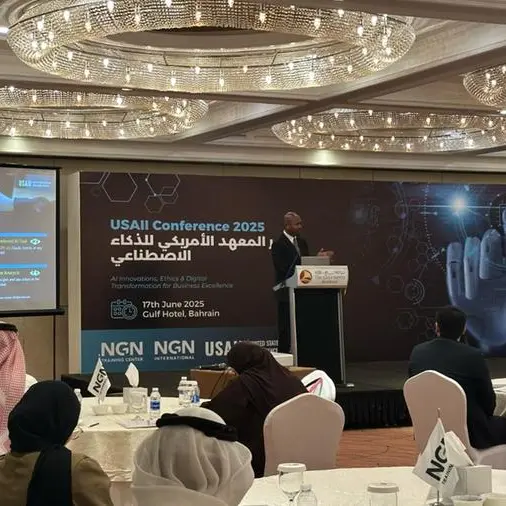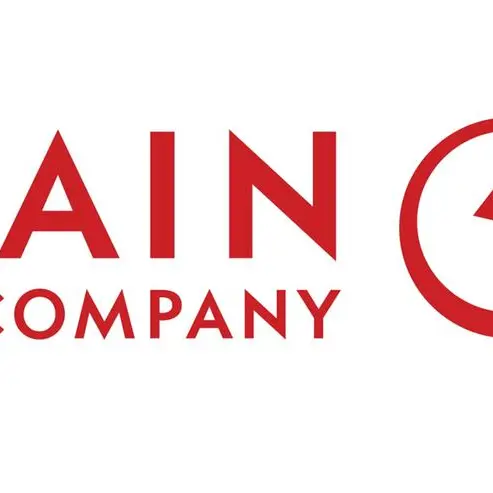Dubai, UAE, 19 July 2010 - At the recent Congress of the International Society of Pediatric Radiology (IPR) in London, Siemens Healthcare showed for the first time how pediatrics can benefit from the technological advances in computed tomography (CT). Siemens introduced its new CT applications for dose reduction. Additionally, scientific studies were presented to show why Somatom Definition Flash is particularly suited for pediatrics. The Dual Source computed tomography system, with two X-ray tubes and detectors, respectively, remains the world's fastest scanner and minimizes radiation dose for the patient. In various studies, physicians have used this system to scan infants in below one second, and with an X-ray dose of less than one mSv (millisievert). The resulting images show a high quality without motion artifacts. Using conventional CT technology with only one tube-detector system, this procedure would take several seconds and require a significantly higher dose. In addition, children would have to hold their breath and babies would have to be sedated to prevent motion artifacts that could distort the diagnosis.
Computed tomography is the method of choice for many indications that require displaying the heart or chest cavity. In the past, however, this imaging method was rarely used in pediatrics because children should be subjected to as little radiation as possible. In addition, infants generally have to be sedated for a CT examination to prevent disturbing motion artifacts during the scan. Sedation implicates certain risks and, in some cases, may cause severe side effects. In addition, the procedure requires anesthesia service and aftercare, which is time-consuming and staff-intensive. In the USA, for example, the costs for anesthesia service can run as high as 1200 US-Dollars per hour. Because of the risks and possible side effects, babies are often only mildly sedated. As a result, around 15 percent of children wake up during the scan and move. As a consequence they have to be re-sedated and in some cases the scan has to be repeated.
When Siemens launched the Somatom Definition Flash CT scanner in 2009, many CT users immediately recognized its potential for pediatric radiology: the new generation of Dual Source computed tomography systems reduces the required dose by up to a factor of 20. The high scanning speed in the Flash Scan mode enables all patients to be examined without breath holds, and even requires no sedation for the youngest patients. Using various studies, Siemens showed at IPR 2011 how the Dual Source technology of the Somatom Definition Flash can advance pediatric diagnostics. In addition, two radiologists and a pediatric cardiologist presented their latest findings obtained during pediatric examinations with the Somatom Definition Flash.
Dose-reducing CT applications from Siemens
The tube voltage to be selected in CT, which is known as the kV (kilovolt) level, depends on the size and weight distribution of the patient, as well as on the examination type. Selecting the respective suitable kV level means that image quality can be optimized and dose minimized significantly. If the tube voltage is changed, all other scan parameters have to be adapted accordingly. However, since the dependencies are not linear and their adjustment is intricate, today the values have to be calculated manually using complex formulas, or estimated. Studies have shown that users generally tend not to change the kV values for this reason, and therefore do not exploit the full dose-saving potential. Here, Siemens is offering a solution for the first time: depending on the patient's anatomy and the type of examination, Care kV automatically recommends the correct tube voltage for the selected tube current in milliampere (mA). All other parameters are adapted automatically to the selected kV level. This optimizes the relationship between contrast and noise in the image. Additionally, dose can be reduced by up to 60 percent. The application is currently being tested by a number of pediatric radiologists.
While the voltage values commonly used today range between 80 and 140 kV, the Care Child function enables to perform CT examinations at only 70 kV, resulting in significant dose savings particularly for children and babies. This power level is possible because Siemens further enhanced its Straton tube in a way to generate these low voltages. This represents yet another technical innovation from Siemens that will reduce the X-ray dose even further.
-Ends-
Press photos are available at: http://siemens.com/healthcare-pictures/flash-pediatrics
Background on Somatom Definition Flash
The Somatom Definition Flash is a Dual Source CT system where two X-ray tubes rotate around the body simultaneously. The highest scan speed in CT to date (45 centimeters per second) and a temporal resolution of 75 milliseconds enable complete thoracic scans in just 0.6 seconds. As a result, patients no longer have to hold their breath, as it was necessary in the past. At the same time, Somatom Definition Flash works with a much lower radiation dose. For example, a routine cardiac scan on a patient of up to 90 kilograms can be performed with less than one millisievert (mSv), while the average effective dose is generally between 8 and 20 mSv.
Siemens in the Lower Gulf
Siemens LLC, founded in October 1999, oversees Siemens' activities in a region comprising the United Arab Emirates (UAE), Bahrain, Qatar, Oman and Yemen, where its Industry, Energy and Healthcare Sectors hold leading positions, while Siemens IT Solutions and Services operates across all three Sectors. In fiscal 2010 (October 1, 2009 - September 30, 2010), sales to customers in the Lower Gulf region amounted to EUR 1.2 billion, and new orders totaled almost EUR 775 million. Siemens currently has more than 1,800 employees working in the region.
Siemens Healthcare
The Healthcare Sector is one of the world's largest suppliers to the healthcare industry and a trendsetter in medical imaging, laboratory diagnostics, medical information technology and hearing aids. Siemens offers its customers products and solutions for the entire range of patient care from a single source - from prevention and early detection to diagnosis, and on to treatment and aftercare. By optimizing clinical workflows for the most common diseases, Siemens also makes healthcare faster, better and more cost-effective. Siemens Healthcare employs some 48,000 employees worldwide and operates around the world. In fiscal year 2010 (to September 30), the Sector posted revenue of Euros12.4 billion and profit of around Euros750 million. For further information please visit: http://www.siemens.com/healthcare
© Press Release 2011



















